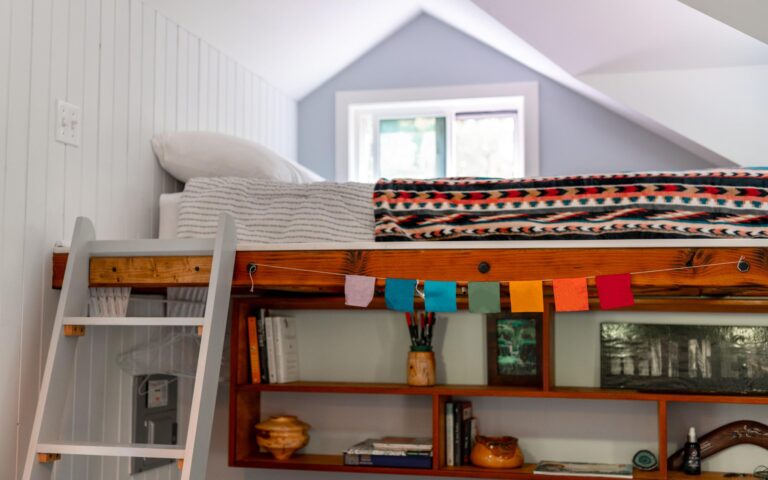There is no one singular solution to Utah’s Housing Crisis. Rather, the Kem C. Gardner Policy Institute has identified five “best practices” for meeting the housing affordability challenge in Utah. This article will describe how ADUs can exist in our neighborhoods without disrupting architectural or community character.
Solving Utah’s housing crisis will require creativity from homeowners and builders alike, and accessory dwelling units are a perfect example of one creative solution. These units, more commonly known as ADUs, are smaller dwellings on the same property as any single-family structure. Whether it’s a detached ‘tiny home,’ lower level conversion, or above garage space, ADUs serve as an easy way to fit more affordable housing into existing neighborhoods.
The advantages of accessory dwelling units are abundant. First and foremost, they are relatively easy and inexpensive to build. Because they reside on existing property, they do not need new infrastructure investments and can connect to developed water, sewer, and power lines. And because of their small scale, they require only a fraction of the materials and labor needed to build a house.
ADUs are also well-known for being an excellent way to generate wealth. They offer an attractive housing alternative that benefits both renters and homeowners in almost all community types. When rented, ADUs can provide homeowners with additional income to maintain their properties, sustain their mortgages, and increase disposable income.
Some community members are wary of ADUs and worry that they will disrupt community character. In reality, the opposite is true. ADUs are still required to comply with zoning regulations and existing HOAs. Furthermore, their construction is short and contained, and disrupts neighborhoods far less than large-scale projects. These factors combine to make accessory dwelling units a dispersed and incremental way of adding homes that fit right in with the community.
Best of all, ADUs provide an affordable housing option in high-cost, residential neighborhoods. According to a recent survey by the Terner Center for Housing Innovation, ADU rents average 58% below market value. Their cost-effective nature enables them to quickly provide affordable options in the areas that need it most.
Accessory dwelling units are an essential tool for delivering affordable units to the market. As limited housing supply continues to push prices and rents higher, ADUs provide an extremely affordable housing option for those entering the market. Learn more about ADUs and whether your property could benefit from the addition of one here. Together, we can increase Utah’s housing inventory and close the affordability gap.
As businesses, you can play a role. We will be sharing videos from trusted community partners that we encourage you to share widely — along with articles and blog posts with vital information on the housing crisis each Utahn now faces. Together, we will work to close the gap and ensure that we — and our children and grandchildren — can continue to access safe and affordable housing in our great state.
*If you would like to share your story of how the housing crisis is affecting your business, please reach out to Ginger Chinn, Vice President of Public Policy at gchinn@slchamber.com.


